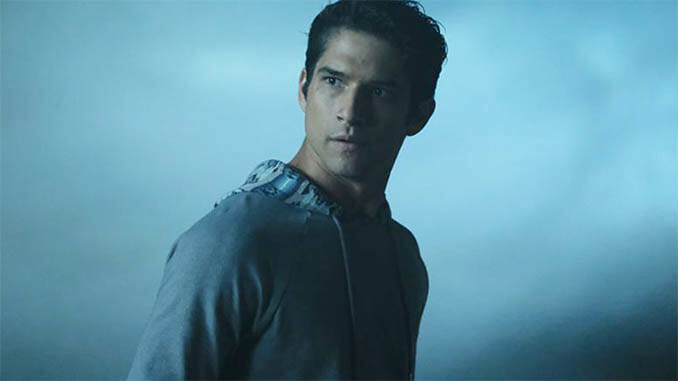TV Rewind: A Love Letter to Teen Wolf, the Best Show That Rarely Made Any Sense
Photo Courtesy of MTV
Editor’s Note: Welcome to our TV Rewind column! The Paste writers are diving into the streaming catalogue to discuss some of our favorite classic series as well as great shows we’re watching for the first time. Come relive your TV past with us, or discover what should be your next binge watch below:
![]()
There’s a moment in Teen Wolf’s excellent third season in which Tyler Hoechlin’s Derek Hale, a former alpha werewolf who once called a burned down house home, has sex with a beautiful woman and his wounds begin to heal. It wasn’t the first time the MTV show—which was loosely based on the 1985 film of the same name—did something downright laughable. And it wouldn’t be the last. But that particularly memorable moment is perhaps the best example of the supernatural teen drama’s approach to storytelling, which relied heavily on gratuitous shirtlessness, rarely adhered to logic, seemingly forgot plot points, and sometimes ignored the show’s own rules. And yet, Teen Wolf managed to run for six seasons (three of which were super-sized) and apparently still has enough interest five years after it signed off that it is slated to return in the form of a follow-up movie on Paramount+.
What started out as a cheesy, but no doubt fun, series about an unassuming teen bitten by a werewolf after his best friend drags him into the woods to find a dead body, somehow managed to beat the odds and cultivate a worldwide fandom while launching several of its stars into the limelight. Some of that success was no doubt due to the timing of the show; Teen Wolf debuted in the summer of 2011, right at the height of the vampire and werewolf craze that followed Twilight and also spawned the popular CW drama The Vampire Diaries. However, it wasn’t just timing; the show’s popularity was also due to the chemistry of the show’s young, good-looking cast, which was anchored by Tyler Posey as the unequivocally good and brave titular teen Scott McCall, and series standout Dylan O’Brien as his loyal and sarcastic best friend Stiles Stilinski. Additional cast members in the early seasons included Hoechlin’s Derek, an irascible and slightly older werewolf who acts as both an obstacle and a reluctant mentor of sorts for Scott; Crystal Reed’s Allison Argent, a young archer who comes from a long line of werewolf hunters but happens to fall in love with Scott; Holland Roden’s Lydia Martin, a popular and fiercely intelligent high schooler who discovers she’s a banshee after an encounter in Season 1 unlocks her latent powers; and Colton Haynes’ Jackson Whittemore, an obnoxious and wealthy jock whose own run-in with a werewolf leads to another set of issues (and who really wants to know where you get your juice).
As the cast came together to form Scott’s first pack—or cause problems for it—Teen Wolf grew stronger thanks to the unabashedly deep and meaningful friendship between Scott and Stiles. As the duo came of age, they tackled not just the familiar trials of young adulthood, but any and all supernatural beings who threatened their hometown of Beacon Hills. Also notable was the show’s expert balancing of comedy, emotional stakes, supernatural horror tropes, and teen angst. This is not to mention an unwavering devotion to lacrosse, a sport that has never been cool and would not be popular in the show’s setting of Northern California. But none of this would have even been possible if the show hadn’t also had a gift for going above and beyond. Sometimes this took the hilarious form of actors intensely chewing scenery, but other times it meant including unusual but compelling supernatural beings not found elsewhere on TV to tell its story.